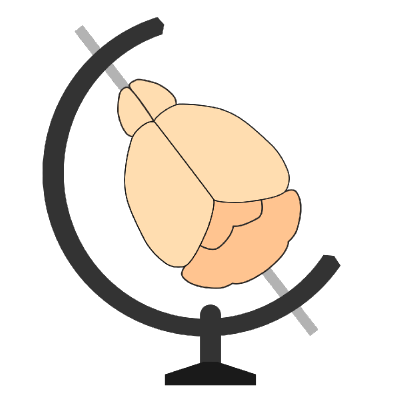Cell candidate classification#
To change how the cell candidate classification step runs, you can change these options:
--trained-modelTo use your own network (not the one supplied with cellfinder) specify the model file.--model-weightsTo use pretrained model weights. Ensure that this model matches the--network-depthparameter.--network-depth. Resnet depth (based on He et al. (2015)) Default: 50--batch-sizeBatch size for classification. Can be adjusted depending on GPU memory. This can often be increased on high-memory modern GPUS (e.g. 128 works well on a Titan RTX). Default: 64
You shouldn’t need to change these:
--x-pixel-um-networkThe pixel size (in microns, in the first dimension) that the machine learning network was trained on. Set this to adjust the pixel sizes of the extracted cubes. Default 1--y-pixel-um-networkThe pixel size (in microns, in the second dimension) that the machine learning network was trained on. Set this to adjust the pixel sizes of the extracted cubes. Default 1--z-pixel-um-networkThe pixel size (in microns, in the third dimension) that the machine learning network was trained on. Set this to adjust the pixel sizes of the extracted cubes. Default 5--cube-widthThe width of the cubes to extract in pixels (must be even). Default 50--cube-heightThe height of the cubes to extract in pixels (must be even). Default 50--cube-depthThe depth (z)) of the cubes to extract in pixels(must be even). Default 20--save-empty-cubesIf a cube cannot be extracted (e.g. to close to the edge of the image), save an empty cube instead. Useful to keep track of all cell candidates.
